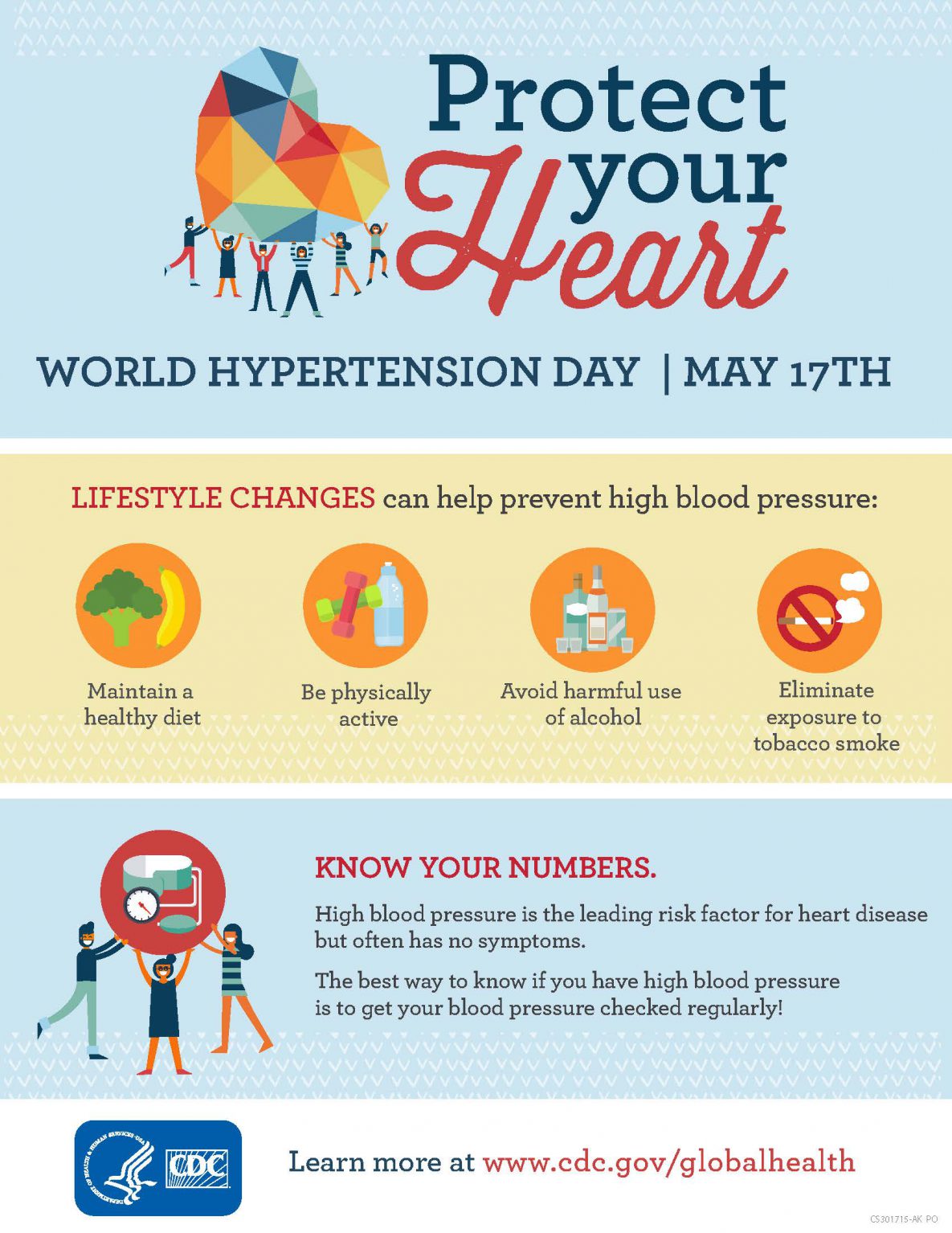This Post Help You To Understand The Hernia Surgical Treatment

Article written by-Moon Monrad
A hernia is a weak point in the muscle mass or connective cells of your abdomen. It can trigger discomfort, pain or even infection if not treated.
Hernia fixing has boosted dramatically for many years. This is because new surgical methods as well as clinical tools provide a range of choices for hernia repair work. The goal is to repair hernias safely and efficiently while reducing recovery time and the threat of reoccurrence.
Reoccurring Rupture
Hernia surgery can repair hernias that are causing discomfort, severe or consistent signs, or if you're at danger of problems. Nonetheless, ruptures can return after surgical treatment if the cells has been repaired improperly.
If a hernia returns in a weak area of your fascia, or connective tissue, it may need hernia revision surgical treatment. This is typically suggested if you had an infection that stopped your fascia from healing correctly or if the rupture is returning near where the initial rupture was.
Surgical rupture repair services can be done using open surgery or laparoscopically, relying on your problem as well as the specialist's experience. Both techniques include pulling the cells with each other and also suturing it.
Generally, patients ought to have the ability to participate in regular tasks at home within a few days of their hernia repair. Nevertheless, some individuals may require to be restricted from raising hefty items and arduous activity for a few weeks after surgical procedure.
Umbilical Rupture
An umbilical rupture takes place when a loophole of intestine pushes via the muscular tissue wall surface near the navel (tummy switch). It may come to be larger or bigger if a child does points that trigger stress in the stubborn belly, such as coughing, straining to poop, or lifting something.
An infant with an umbilical hernia generally closes on its very own by age 1 or 2. Nonetheless, some ruptures are not closed on their very own, needing surgery to repair them.
Hernia surgical procedure is the most typical way to deal with an umbilical hernia. It's a small treatment that takes about 30 minutes as well as normally involves general anesthetic.
The specialist will certainly then place strong stitches or an artificial mesh over the weak point in the muscle. This will provide lasting strength to help protect against the hernia from reoccuring.
Incisional Hernia
If an incisional hernia causes troubles, it's frequently treated with surgical procedure. http://www.7riverslivestock.com/markets/stocks.php?article=pressadvantage-2022-12-13-the-iskandar-complex-hernia-center-answers-the-question-when-can-i-exercise-after-hernia-surgery is called hernia repair.
Typically, incisional hernias create at or near surgical marks in the abdominal area, however they can additionally happen at other areas of the body. Ruptures at these various other locations, referred to as parastomal hernias or spigelias, are much less typical.
https://www.newcastle.edu.au/newsroom/featured/patients-should-get-covid-19-vaccine-before-surgery-to-reduce-death-risk-study of establishing an incisional rupture raises if you've had certain kinds of surgical procedures on your stomach area, consisting of a surgical procedure to get rid of a gallbladder or spleen. This is due to the fact that these procedures are carried out with large lacerations (cuts).
Most individuals that have an incisional hernia need therapy to deal with the hernia and ensure it doesn't grow. This can include open hernia surgical treatment as well as minimally intrusive or keyhole surgical procedure, occasionally called "laparoscopic" rupture fixing.
Genital Hernia
A vaginal rupture occurs when an organ (such as the rectum, bladder or uterus) protrudes into the vaginal canal. These prolapses can happen while pregnant, giving birth or when the pelvic floor muscle mass weaken due to aging.
The pelvic flooring is a network of muscles and connective cells that holds the bladder, rectum, cervix and also womb in position. These structures can become damaged or extended by age or other aspects, such as injury, surgical treatment, chronic coughing and hefty training.
When this happens, the body organs might drop down right into the vaginal canal. Doctors categorize this problem as a pelvic body organ prolapse and categorize it by the area in which the organ has actually fallen down into the vagina, such as cystocele, rectocele or vaginal safe prolapse.
There are a selection of treatment choices readily available, but medical repair service is usually the best choice for serious prolapses. An item of the patient's tissue (or cells from a donor) is used to put the pelvic body organs back right into place and also hold them there.

